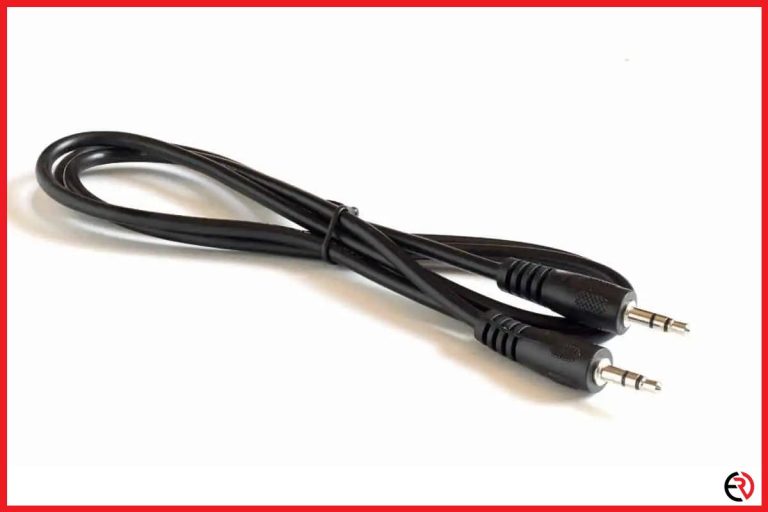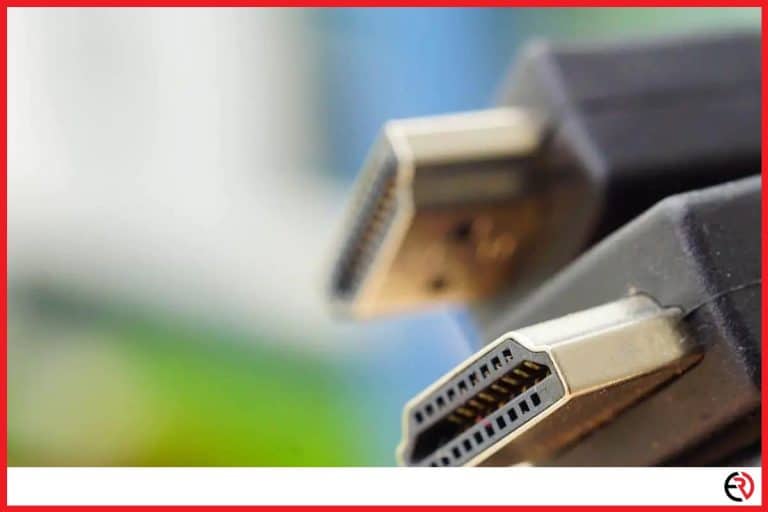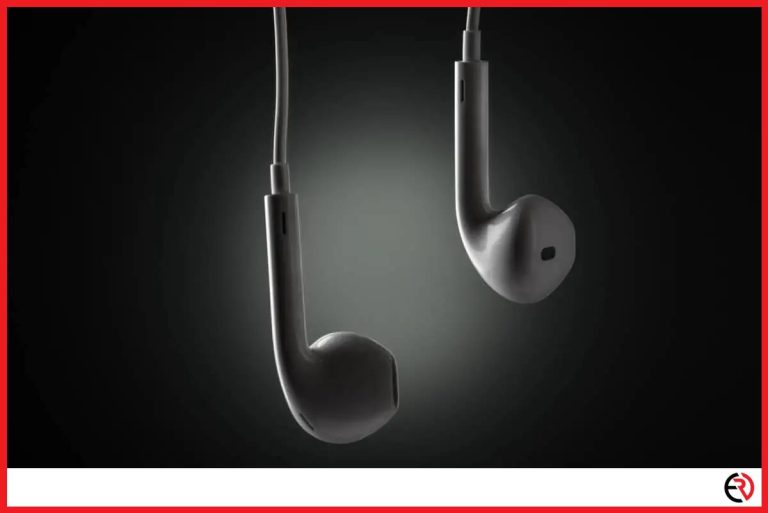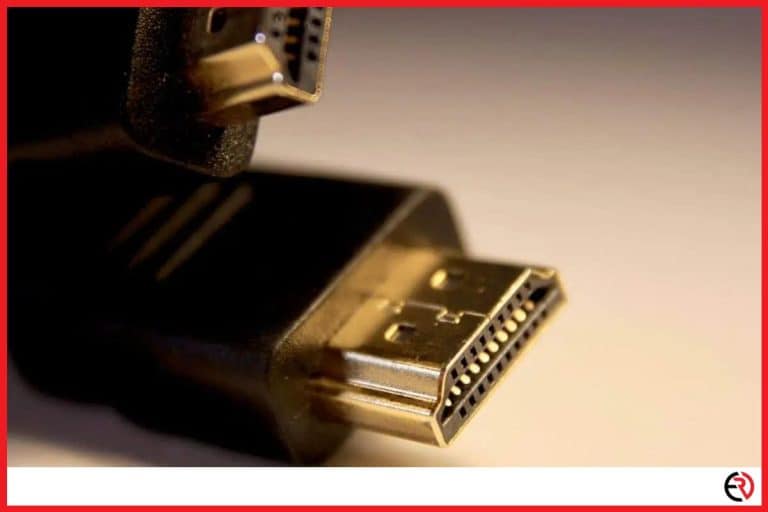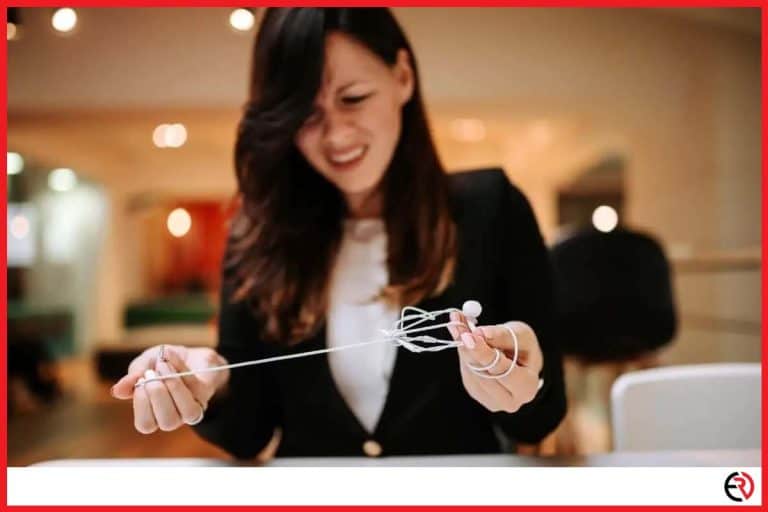Does Cable Length Affect Sound Quality on Headphones?
This post may contain affiliate links which means that, if you choose to make a purchase, I may earn a small commission at no extra cost to you.
The sound quality of headphones is a measurement that focuses on the accuracy of sound and the user experience of enjoyment. To date, there is no reference for the quality of sound. After all, it depends on the personal taste and requirements of the user.
When it comes to the sound quality of headphones, many people like strong and deep bass. There are also people that prefer natural and accurate sound.
Does cable length affect sound quality on headphones? This is one of the most important questions asked by music lovers and headphones enthusiasts. In today’s article, we will answer this question in-depth. We recommend you to carefully understand the technical information in this post in order to get the most out of it. This way, you will understand what length is ideal, its effect on the sound quality, and overall functionality.
When it comes to the length of the cable – the simple answer to the main question is “the shortest length cables are always better in terms of sound quality.” However, when we try to analyze the issue deeply, we must say that there are some exceptions.
Headphone cables are important components, which protect the weak voltages as the device transfers them from point-to-point among the audio/video links chain. Experts say that no headphone cable can do better than minimizing the voltage loss during the transmission.
Indeed, there is a signal loss because the electrons tend to go through the conductors and have problems to jump the boundary, which is imposed by the connection at each end. Therefore, research shows that better headphone cables can do less harm and/or lessen the number of signals, which might be lost.
Types of Headphone Cables
Typically, there are three headphone cable sizes, which are designed specifically for different audio devices. The first one is 6.3 mm in size – this is suitable for home stereo systems and for amplifiers, bass, and electric guitars. This is also known as a 6.3 mm jack.
Another type of headphone cable is used for CD media players, computer desktops, and MP3 players – the length of this cable is 3.5 mm. Similarly, if you want an ideal headphone cable size for smaller devices such as mobile phones and two-way radios – the length is 2.5 mm.
The material used in Headphone Cables
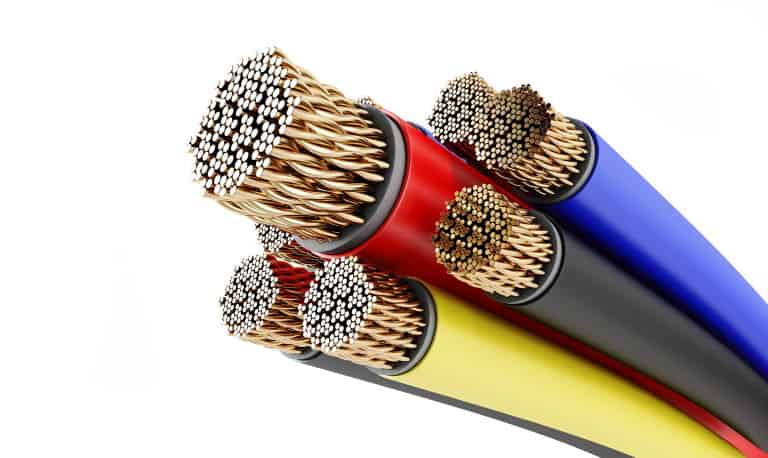
It is good to have the right power but at the same time, getting this power to headphone drivers is another thing. There are various metals, which are used to conduct power – all at varying degrees of strength. This results in the formation of a connection between the device and the headphone, which largely depends on the conductor.
Headphones cable are either made with gold, copper, silver, or rhodium. There are primary materials. If you are looking for affordability, the ideal option is to for headphones that are built with copper material. They are also readily available on the market. On the other hand, silver solid wire headphone cables are quite expensive – nonetheless, for a more budget-friendly headphone, we recommend you to buy the product that comes with the silver-plated copper wire.
Most headphones come with a standard copper cord. This works well but sometimes, it may cause problems. Therefore, the best option to enhance the power and connectivity would be CCAW, which stands for “Oxygen Free Copper Clad Wire.” This will improve the overall sound quality of the headphone – however, it still depends on the length of the cable.
The length of the cable
The ideal length of any headphone cable is 2.5 mm. On the other hand, if you want to buy a headphone for DJs or sports, in general, the length is longer. The basic purpose is to increase mobility.
In addition, you can also use a cord extension, which is 2-3 mm. However, cord extension may work well for users but for others, it might not be useful. Cord extensions are good for users who want to listen to music or watch stuff on television using headphones.
Similarly, preferences for the length of cable vary for active users. In particular, it depends on where you keep your audio playing device. For instance, if you want to use headphones with your smartphone, you need a longer cable. Research shows that you can optimize sound quality on different cable lengths.
Construction and length of headphones cable
All headphone cables have their own capacitance, inductance, and resistance. Do these factors have anything to do with the length of the cable? Do they impact the quality of sound? Let’s find out!
Basically, it is important to focus on the capacitance and inductance, which are important factors that make a “low pass filter” cable. What does this mean? In simple terms, it means that headphone cables pass the lowest frequencies – up to Direct Current (DC). However, they can slowly roll off higher frequencies at some point.
If there are too much capacitance and inductance in the cable, your headphone device will start rolling off to higher frequencies, which are above the audio band. Another critical thing is resistance. When the headphone cable has a longer length, it will have higher resistance. Typically, this resistance results in the signal’s board attenuation. Usually, this is not a big issue if you are listening to music or audio with controlled volume.
On the other hand, the resistance of your headphone’s cable can likewise add to the output impedance of the amplifier as well as define the source of impedance in the headphones. However, for a typical dynamic headphone, higher source impedance can cause a change in the frequency response of the audio. Therefore, headphones’ cable length of two or three meters will just do fine and not affect the quality of sound.
Long Headphone Cables and Sound Quality
In general, experts prefer shorter headphone cables. Longer length headphones can easily pick up noise. Longer headphone cables are a concern for many people – especially in terms of added impedance, increased resistance, and loss of power.
Research shows that the length of the cable is important. In some cases, longer cable lengths work better than shorter cable lengths – however, it depends on the type of materials and metal used in the cord. Another important question is that how long should headphone cables be? Is there any standard or “rule of thumb?”
We have done extensive research online, reviewed journal publications on headphones cord length and sound quality, most of these studies recommend that the ideal length for headphones that at the same time will maintain the quality of sound is under 2 mm. Similarly, we also found that 1 mm is a practical and most popular length.
Moreover, in a system where different components are typically grouped together, it is important to buy headphones that come with one-meter length. This is the norm in the headphones industry.
Headphone Cable Tangling

One of the concerned issues with headphone cables is “tangling.” This issue can damage the integrity of the headphone cables over time and affect the quality of sound. Length, construction, and material used are the primary factors to consider if you want to avoid tangles with your headphone cable.
In order to avoid this problem, it is vital to look for thicker and shorter cables. Thick cables with shorter lengths can significantly lessen the issue of tangling. There are many new models in the market, which has virtually solved the issue of tangling. For instance, most headphones with flat cables can reduce the problem of tangling.
Flat headphone cables are good for eliminating tangling but at the same time, you need to know that it can be quite difficult to stow away after use. Therefore, a shorter length headphone cable with an extra layer of fabric wrap would be ideal. For instance, the Syncwire 3.5 mm Auxiliary cable in this regard can solve this problem without affecting the quality of sound.
Long headphone cables usually introduce series inductance in the headphone circuit, which could create a low-pass filter. This will decrease the high frequencies at your headphones. A large gauge wire may reduce the effect. Additionally, it can elevate the treble frequency, which will also offset the effect.
Conclusion
Headphone cables have special functionalities. There are both longer and shorter length headphone cables used for different purposes. The length of the headphone in context with the sound quality largely depends on the requirements of the user.
It is recommended to opt for straightforward and standard version headphones with shorter cables. Not only will this reduce the issue of tangling but will also not affect the quality of sound.
The longer the length of the headphone cable, the higher the resistance. Therefore, it is important to buy headphones with shorter cables. However, if you want to connect your headphones with DJs or TV, shorter headphone cables might not work.
So, in this case, you have to buy a longer cable length headphones but always look for cables that are built with high-quality copper material so that there is less resistance and the wires conduct the power appropriately. As a result, there will be no noise, less bass, and low-quality treble.


